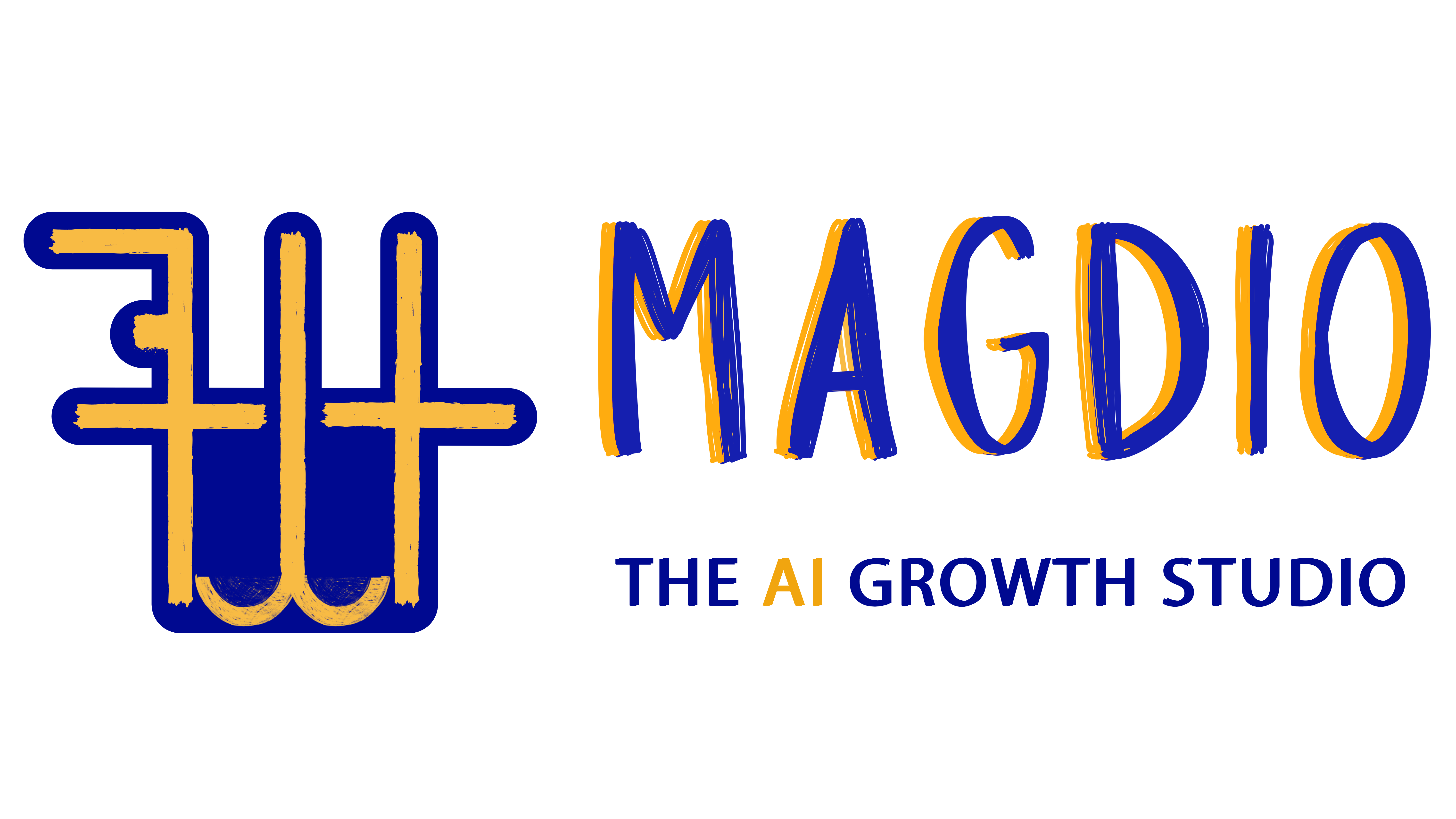AI SDR vs Human SDR — this is a question many businesses are asking today. Sales teams work hard every day to find new leads, send follow-up emails, and make sure no potential customer is forgotten. But these tasks take a lot of time, and it’s easy for small mistakes to happen.
This is where AI SDRs come in. AI SDRs are smart digital tools that help your sales team by automating repetitive tasks like finding leads, sending follow-up messages, and updating your CRM system. They work 24/7, never forget to follow up, and help your human SDRs focus on the most important part of the job — building relationships and closing deals.
In this, we’ll take a closer look at how AI SDRs compare to human SDRs, the benefits of using both together, and how your business can grow faster and smarter by adding AI to your sales process.
Whether you’re a small business trying to grow or a large sales team looking to improve, this guide will help you understand why AI SDRs could be the missing piece your sales strategy needs.

What is an SDR?
SDR stands for Sales Development Representative. These are the people on your sales team who search for leads, send messages to potential customers, and follow up to see if they are interested in your product or service. Once they find good leads, they pass them to the sales team who will work to close the deals.
SDRs are very important because they are the first people who talk to your potential customers. They help start the conversation and build relationships.
What is an AI SDR?
An AI SDR is not a person — it is a smart digital tool that uses artificial intelligence to do many of the same tasks that a human SDR does. AI SDRs can find leads, send personalized messages, follow up automatically, and even update your CRM system — all without needing a break.
AI SDRs don’t replace human SDRs. Instead, they work with your human team to handle repetitive tasks, so your people can spend more time talking to customers and closing deals.
How do Human SDRs and AI SDRs compare?
1. Finding and Planning Leads
Human SDRs spend hours searching for leads, checking contact details, and organizing data into lists. They often use tools like LinkedIn or online databases to collect this information manually. This can take a lot of time and sometimes leads to mistakes.
AI SDRs can do this work in minutes. They can scan thousands of websites, databases, and social platforms automatically to find accurate leads and organize them into useful lists. They also check and correct contact details, so your list is ready to use.
2. Sending Personalized Messages and Follow-Ups
Human SDRs have to write each message and personalize it for every lead. This takes time and can be difficult when there are hundreds of leads to contact. It’s also easy for human SDRs to forget to follow up, especially if they are busy.
AI SDRs can write personalized messages automatically by using the information collected about each lead. They can also send follow-up messages at the right time, so no lead is forgotten.
This means AI SDRs help your team stay organized and consistent without needing someone to remember every step.
3. Researching Leads and Companies
Human SDRs usually spend time looking up company websites, reading LinkedIn profiles, and trying to understand what each company does before reaching out. This research is important, but it takes time and slows down the outreach process.
AI SDRs gather this information automatically from many different sources. They can quickly find company details, recent news, key contacts, and even similar companies. This gives your team better information in less time.
4. Managing Data and CRM Updates
Human SDRs have to manually enter information into the CRM system, including every email, phone call, and reply. This is important, but it’s also very boring and time-consuming. Many SDRs either forget to do it or make small mistakes.
AI SDRs update the CRM automatically. Every email, follow-up, and response is logged without your team having to do anything. This keeps your CRM accurate and up to date at all times.
5. Handling Large Lead Lists
Human SDRs can only handle a certain number of leads at once. Even the best SDR can’t manage hundreds of conversations at the same time. This limits how much outreach your team can do.
AI SDRs can manage thousands of leads at once. They can run multiple personalized outreach campaigns and follow up with every lead at the right time. This helps you reach more people without hiring more SDRs.

Human SDR vs AI SDR:
Cost
Hiring human SDRs means you need to pay salaries, benefits, training costs, and provide tools for them to do their job. This can be expensive, especially if you want to grow your team.
AI SDRs work on a fixed subscription fee. You know exactly how much you will pay each month, no matter how many leads they handle.
Speed and Availability
Human SDRs work during regular office hours and usually need time to learn your tools, processes, and products. They can’t be available all day and night.
AI SDRs work 24/7. They don’t need sleep, breaks, or training. They are ready to go from day one and can reach leads any time, even after hours.
Follow-Up Consistency
Human SDRs sometimes forget to follow up because they are busy with other tasks. This can lead to missed opportunities.
AI SDRs never forget to follow up. Every lead gets regular, personalized follow-ups, which increases the chances of converting leads into sales.
Personalization
Human SDRs can write highly personal messages, but doing this for every lead takes a lot of time.
AI SDRs can write personalized messages automatically, using the data they collect about each lead. This helps you send tailored messages to every lead, even at scale.
Error Rate
Human SDRs sometimes make mistakes, especially when entering data into the CRM or copying contact details.
AI SDRs reduce errors because they pull data directly from trusted sources and update systems automatically.
Reporting and Insights
Human SDRs often need to create reports manually, which can be time-consuming and sometimes inaccurate.
AI SDRs generate detailed reports automatically. They show you what’s working, what’s not, and how each campaign is performing.

Benefits of using both AI and Human SDRs together
The best approach is not choosing between human and AI SDRs — it’s using both together.
- Human SDRs are great at building relationships, understanding customer emotions, and having real conversations.
- AI SDRs are great at handling repetitive tasks, organizing data, and making sure nothing gets missed.
When you combine AI SDRs and human SDRs, your team can work faster, contact more leads, and still provide the personal touch your customers expect.
What does an AI SDR actually do?
In simple words, an AI SDR helps your sales team by:
- Finding good leads faster
- Writing and sending personalized emails
- Following up automatically
- Keeping your CRM system updated
- Providing reports to show what’s working
- Freeing your human SDRs to have more real conversations
Conclusion
AI SDRs are not here to take over your sales team — they are here to support and strengthen it. Sales is all about connecting with people, understanding their needs, and building trust. That’s something only human SDRs can do well. However, the daily work of finding leads, sending follow-ups, updating CRMs, and keeping track of every single interaction can slow down even the best sales teams.
That’s where AI SDRs become a game-changer. They work tirelessly behind the scenes to make sure no lead is forgotten, every follow-up goes out on time, and your team has accurate data at their fingertips. With AI handling the repetitive tasks, your human SDRs have more time to do what they do best — building real relationships and closing more deals.
If you want your sales team to work faster, smarter, and more efficiently, it’s time to explore how adding an AI SDR to your sales process can unlock new opportunities. By combining the speed and accuracy of AI with the personal touch of your human SDRs, you create a powerful team that can scale your outreach, improve lead quality, and boost your sales results — all without increasing your team size.
The future of sales is not about choosing between humans and AI. It’s about using both together to get the best results.

